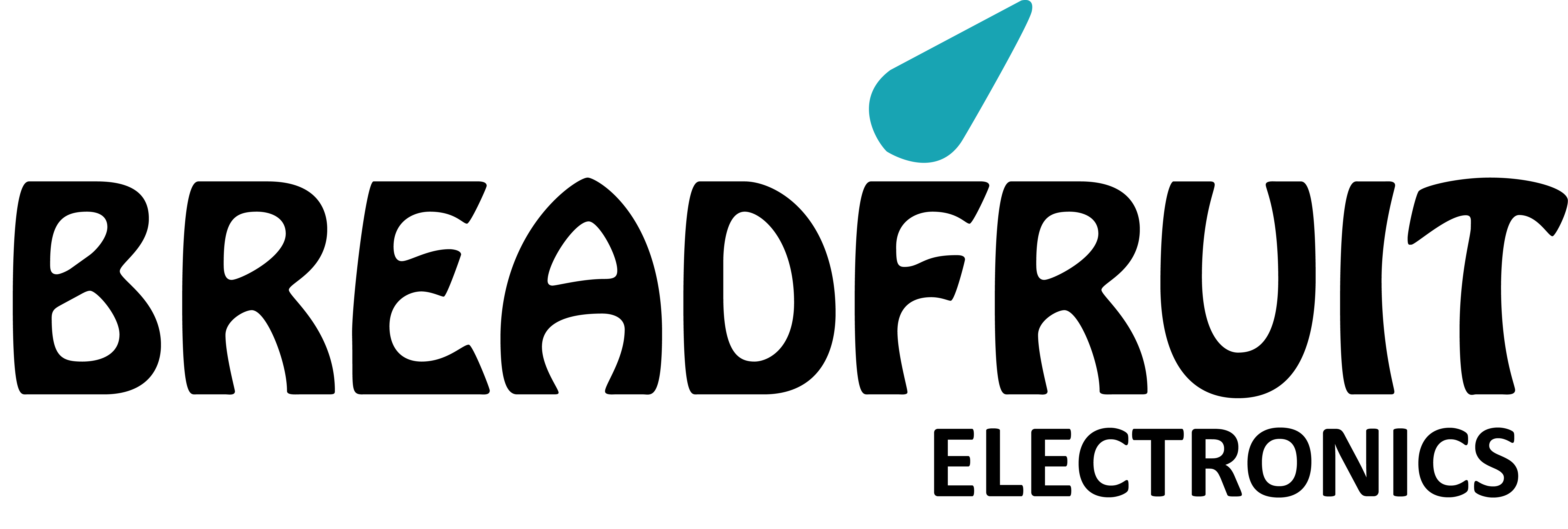Monthly SEO audits help to pinpoint problems with your website that could be impacting performance, staying current, and adapting to changes. Add your relevant H2s, H3s, and further headings using both primary and secondary keywords where applicable. Make sure your content is both valuable and unique for readers, and that it matches their search intent—what they’re looking to get out of visiting the page. They directly answer the questions users are asking and mimic the conversational tone of voice queries.
Conducting monthly keyword research to identify quality keywords and update your content with the new keywords helps to stay relevant and keep your content high ranking. Another SEO strategy that SEO experts utilize is optimizing a website’s semantic markup. Using semantic markup can help with getting rich snippets displayed in the search results page, such as extra text, review stars and even images.
Get Acquainted with an SEO Tool Set
- If your website doesn’t have the expected visits or doesn’t rank high on the Search Engine Result Page (SERP), your competitors can gain an advantage.
- In the context of SEO (Search Engine Optimization), content marketing plays a pivotal role in attracting search engines and helping your website rank higher for relevant keywords and phrases.
- Our commitment is to create and craft content rich in value and optimized for SEO success.
- There’s a lot of techniques that can help you get backlinks while providing value to the users.
- For example, let’s say you were going to publish a blog post optimized around the keyword “best mattress”.
- Analytics tools help you track how people interact with your website.
Historically websites have copied content from one another and benefited in search engine rankings by engaging in this practice. The 2013 Google Hummingbird update featured an algorithm change designed to improve Google’s natural language processing and semantic understanding of web pages. SEO (search engine optimization) is the practice of optimizing the performance of a website by changing its structure and content to increase its visibility and web traffic. The primary goal of SEO is to drive organic (non-paid) traffic to a website by improving its relevance and authority in the eyes of search engines. Choosing the right SEO optimization service is essential for your business growth. A well-planned SEO strategy improves your search engine rankings and boosts organic traffic.
Understanding the landscape of SEO competitors is crucial, and a keyword or gap analysis offers valuable insights. This process helps identify which keywords your competitors are targeting effectively and where gaps in their SEO strategies may exist. A comprehensive keyword analysis can pinpoint areas where your business can capitalize and improve its online visibility. Similarly, a gap analysis against your competitors serves as an essential tool. Incorporating a strategic frequency of content-focused SEO, we ensure that every piece endorses your brand’s authority, enhancing stability and rankings in SERPs.
Google My Business / Business Profile Optimization
Nowadays, ranking for almost any keyword is much harder than it was in the past – most niches are oversaturated. What they mean is that you should find synonyms and related keywords and “sprinkle them” across the page to make sure Google knows what it’s about. Once you have a focus keyword, you should use it to optimize your page for the given topic. When selecting the topics for your content, remember that there are various types of search intent (see the previous chapter) – informational, navigational, transactional and commercial.
In most tools, the keyword difficulty value is indicated on a scale from 0 to 100. The higher the score is, the harder it is to rank on the 1st SERP for the keyword. Once you find keywords you want to rank for, you’ll need to find out how hard it will be by evaluating the competition. It is usually expressed with the metric called keyword difficulty. Your first task is to come up with the seed keywords – phrases you’ll use as the stepping stone to finding more keyword ideas. For example, if you run a coffee blog, simple phrases such as “coffee beans”, “coffee machines” or “espresso” will work great.
Thus, it is important to know what SEO keyword research is and perform it efficiently. We have listed some of the best practices to improve SEO and keep you ahead of the competition. YouTube AI Overviews are now being tested in search results, highlighting relevant video clips from searches. Learn how to amplify your reach with a multi-channel strategy that delivers results.
Instead, WebFX creates a personalized strategy for every website it optimizes. WebFX uses the acronym “R-O-C-K-E-T” to describe its six-step, tech-enabled approach to creating a custom SEO roadmap for your website. “R” stands for research, “O” for optimization, “C” for content, “K” for keywords, “E” for earned media and links and “T” for testing. Learning about SEO from scratch requires a BHS Links lot of time and patience.
The chapter focuses on enhancing online visibility through the optimization of websites to achieve higher rankings on search engine results pages (SERP). SEO involves improving both internal and external website elements such as keywords, meta tags, content quality, and link architecture. Techniques like keyword research, on-page SEO, content creation, technical SEO, and link building are essential for boosting search engine rankings. SEO stands for search engine optimization, which is the process of improving a website’s visibility in organic search results on Google and Bing, or other search engines. SEO involves researching search queries, creating helpful content, and optimizing the user experience to improve organic search rankings. Once potential keywords are identified, content marketing comes into play.
